Centro de recursos
El coronavirus: la vida cotidiana y COVID
Jueves, 9 de junio a la 1 p.m., hora del este
Llama sin cargo al 855-274-9507 para hacer tu pregunta o escucha gratis el evento aquí (para escuchar en español marca el 833-946-1559).
Los invitados especiales de AARP, el Dr. Anand Parekh, asesor médico principal del Centro de Políticas Bipartidistas, y la abogada Jessica Rosenworcel, presidenta de la Comisión Federal de Comunicaciones, participaron en un evento en vivo de preguntas y respuestas. Brindaron información actualizada sobre las vacunas de refuerzo contra la COVID, los antivirales, y las complicaciones y el tratamiento de la COVID de larga duración. También discutieron la correlación entre la falta de internet de alta velocidad y las muertes por COVID, y los esfuerzos que se están llevando a cabo para proveerles acceso y recursos útiles a más personas en el país.


Membresía de AARP: $15 por tu primer año cuando te inscribes en la renovación automática.
Obtén acceso inmediato a productos exclusivos para socios y cientos de descuentos, una segunda membresía gratis y una suscripción a AARP The Magazine.
Únete a AARP
Si no pudiste acceder al evento en vivo, escucha una repetición en el video que está arriba (en inglés).
Conoce a los expertos
- Anand Parekh, M.D., M.P.H.
Asesor médico principal
Centro de Políticas Bipartidistas
- Jessica Rosenworcel
Presidenta
Comisión Federal de Comunicaciones
Para más información visita AARP.org/elcoronavirus












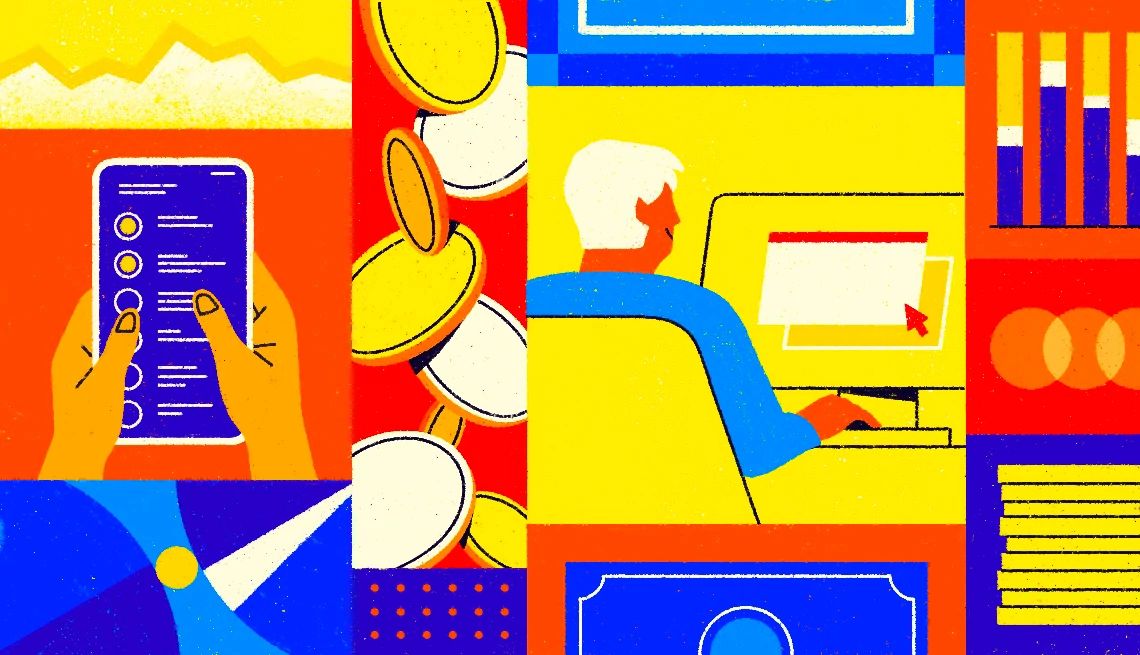
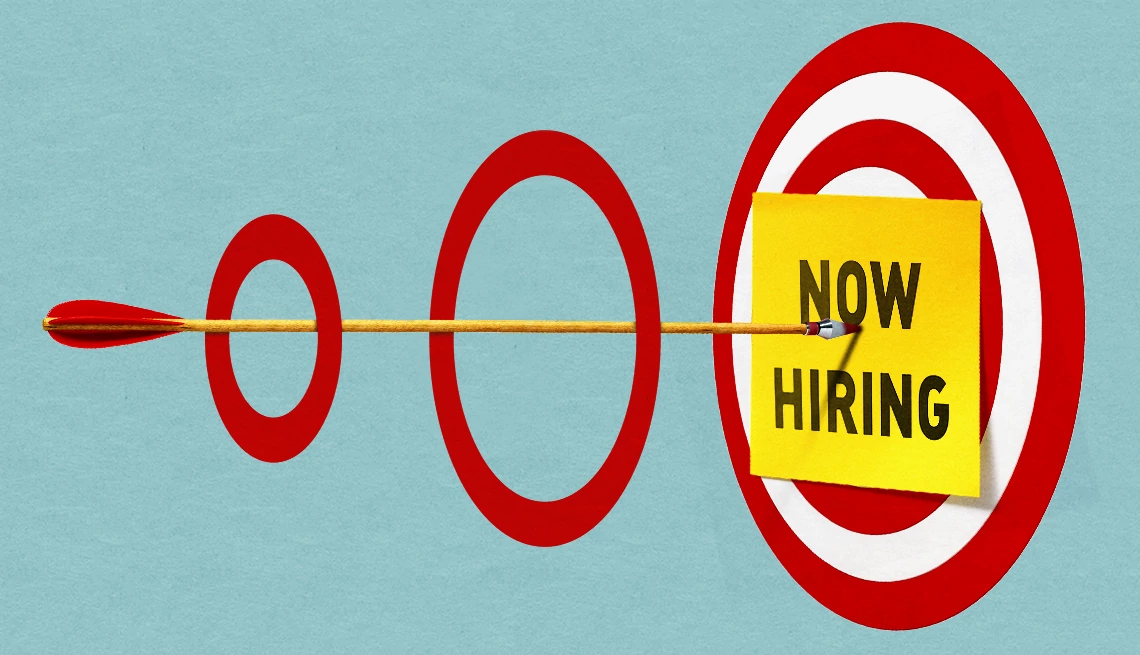




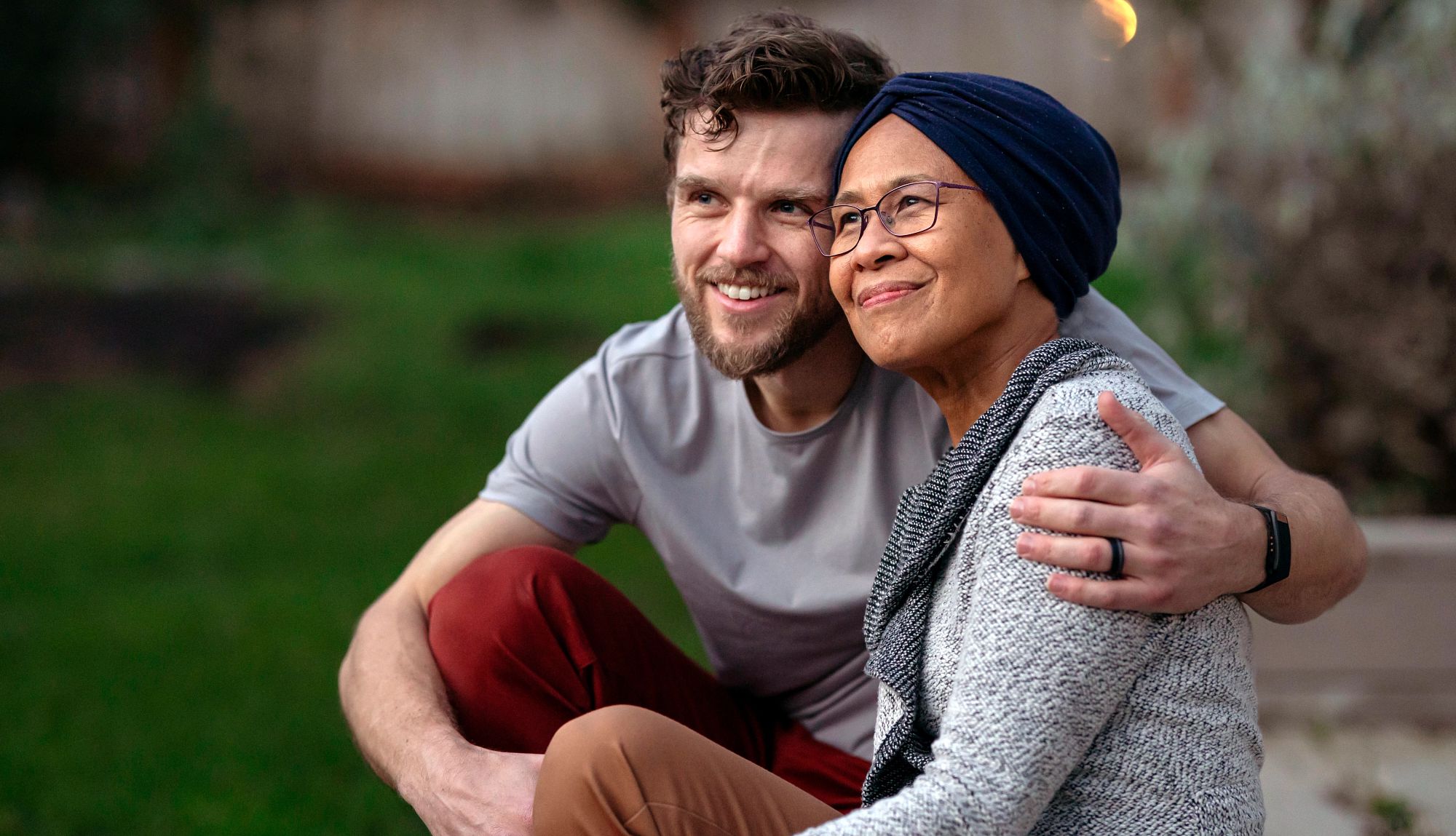



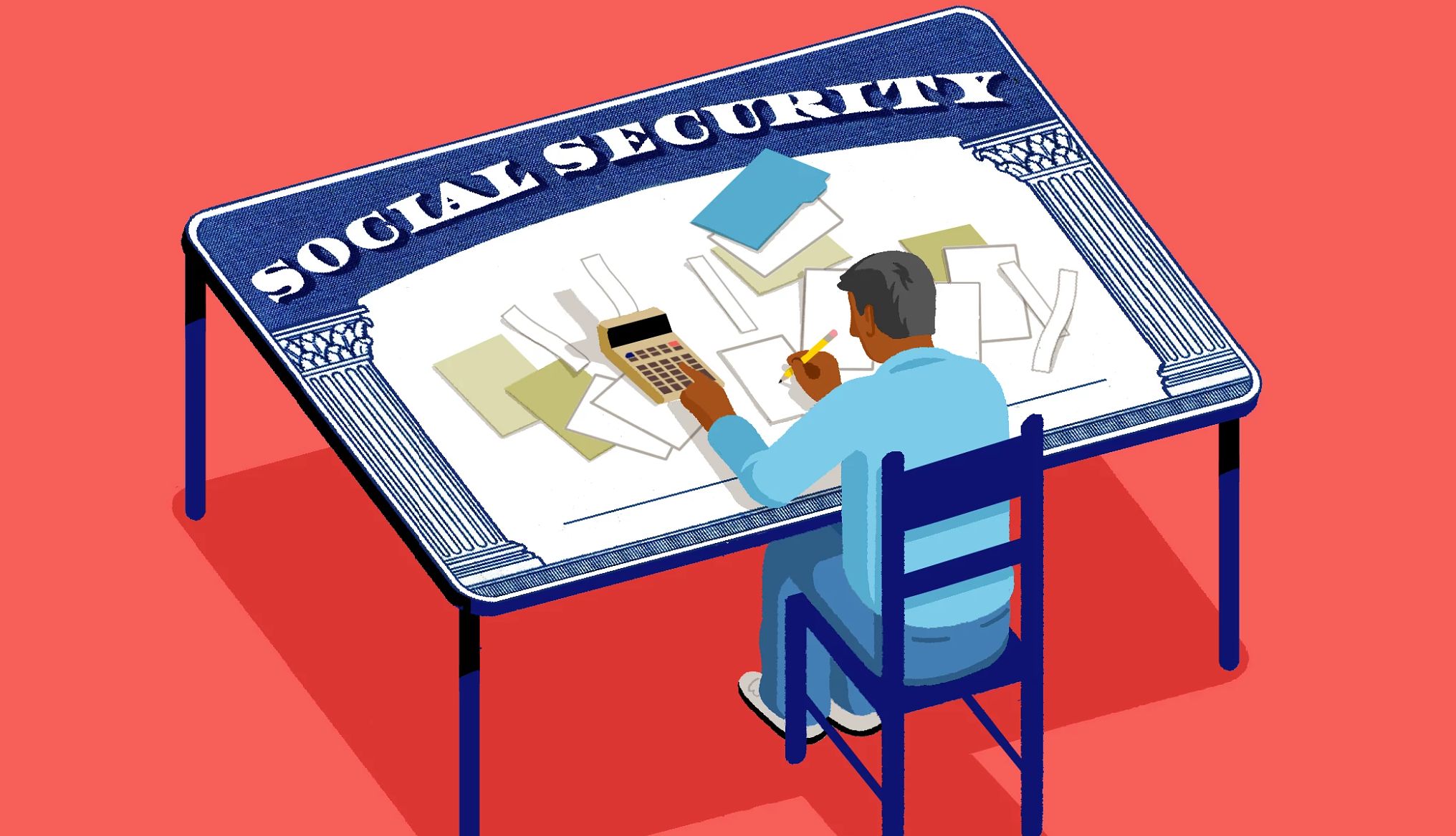
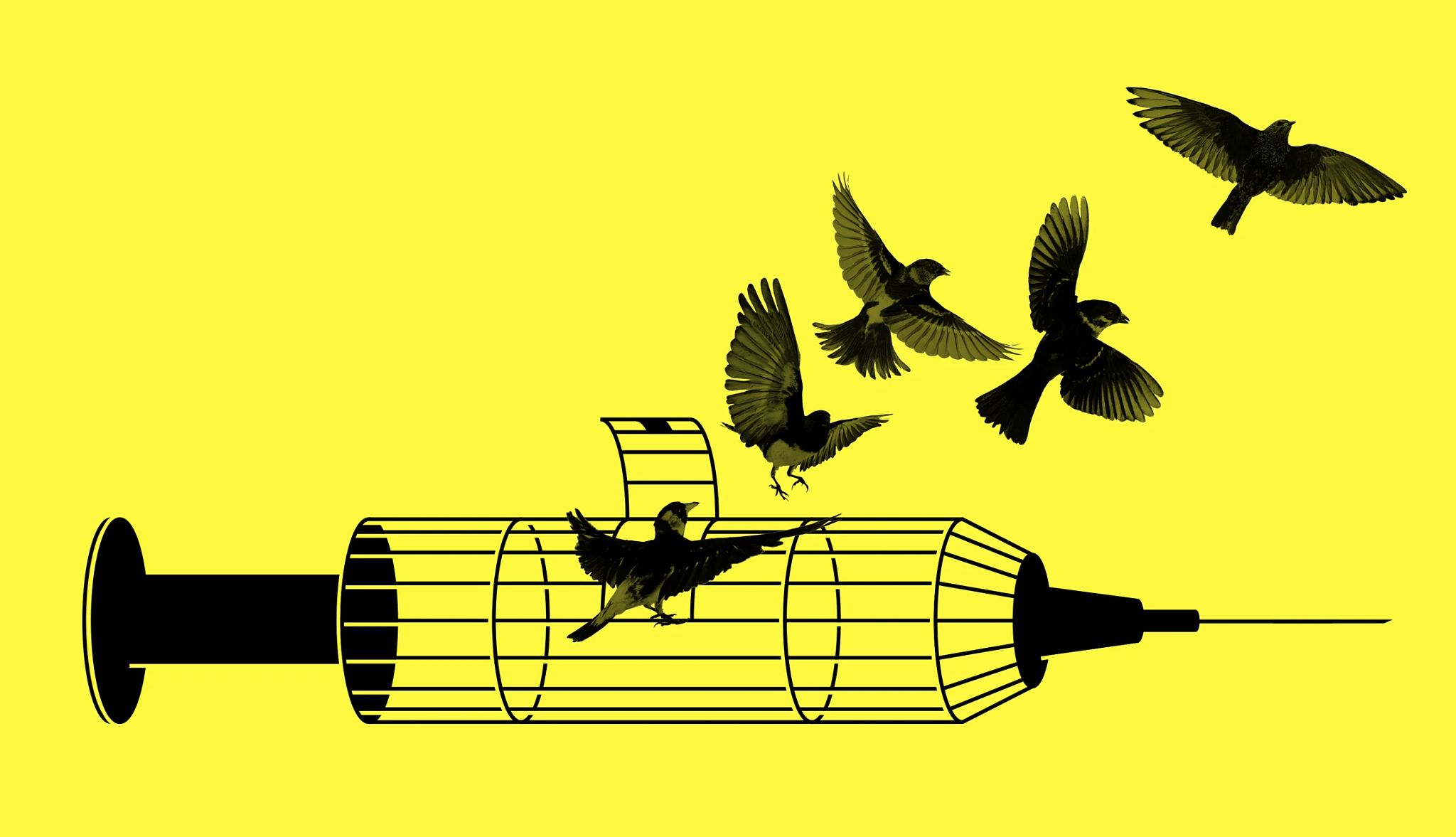




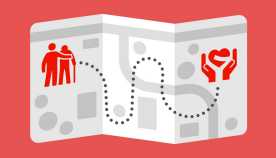







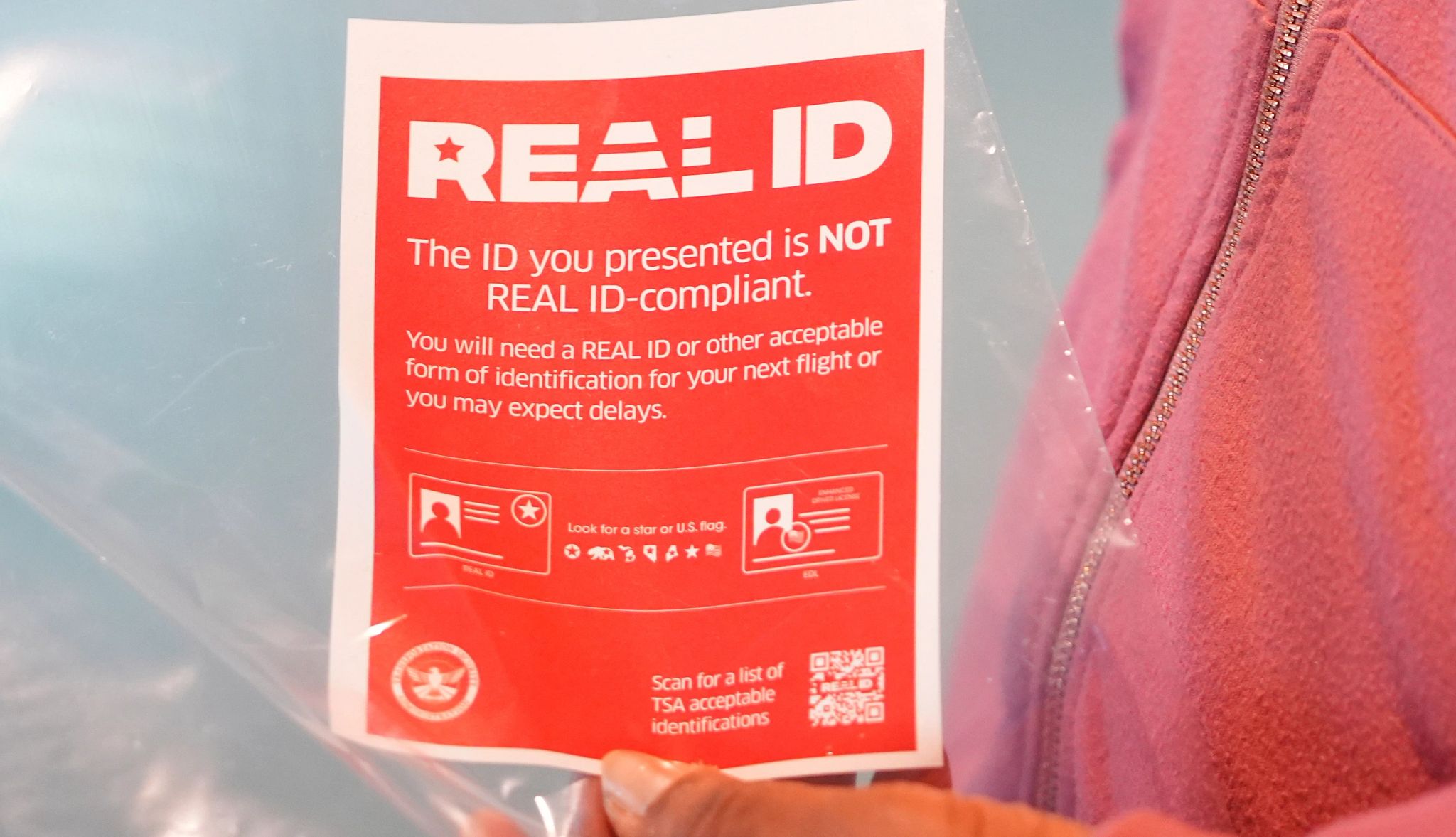
.jpg?crop=true&anchor=13,195&q=80&color=ffffffff&u=lywnjt&w=2008&h=1154)


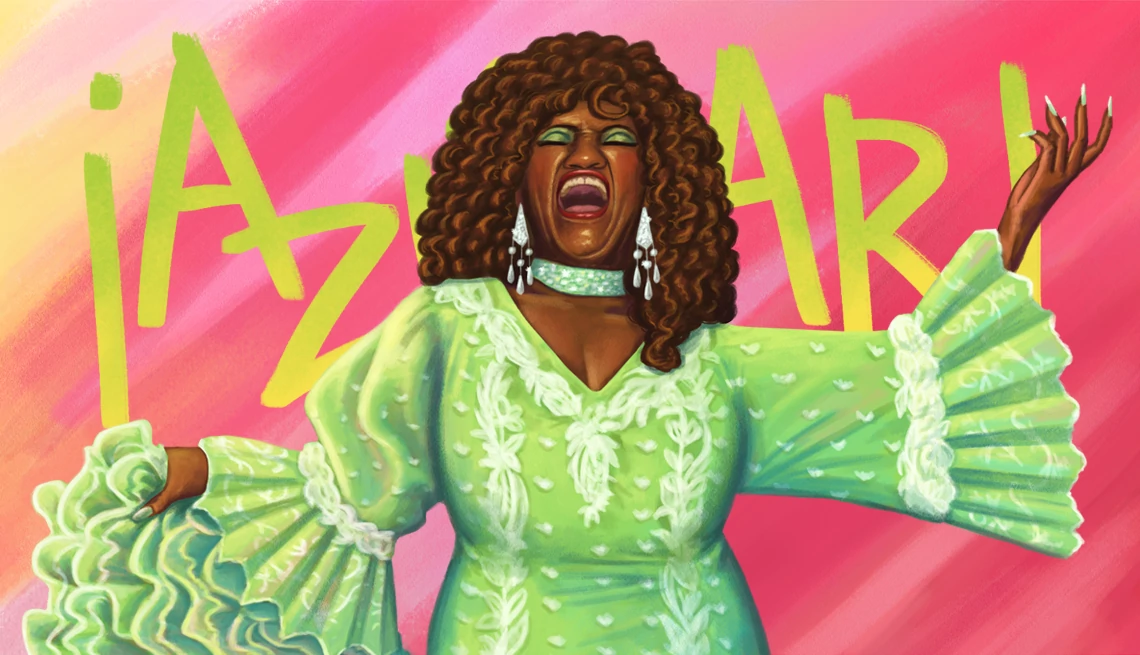














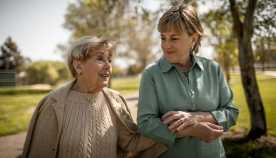









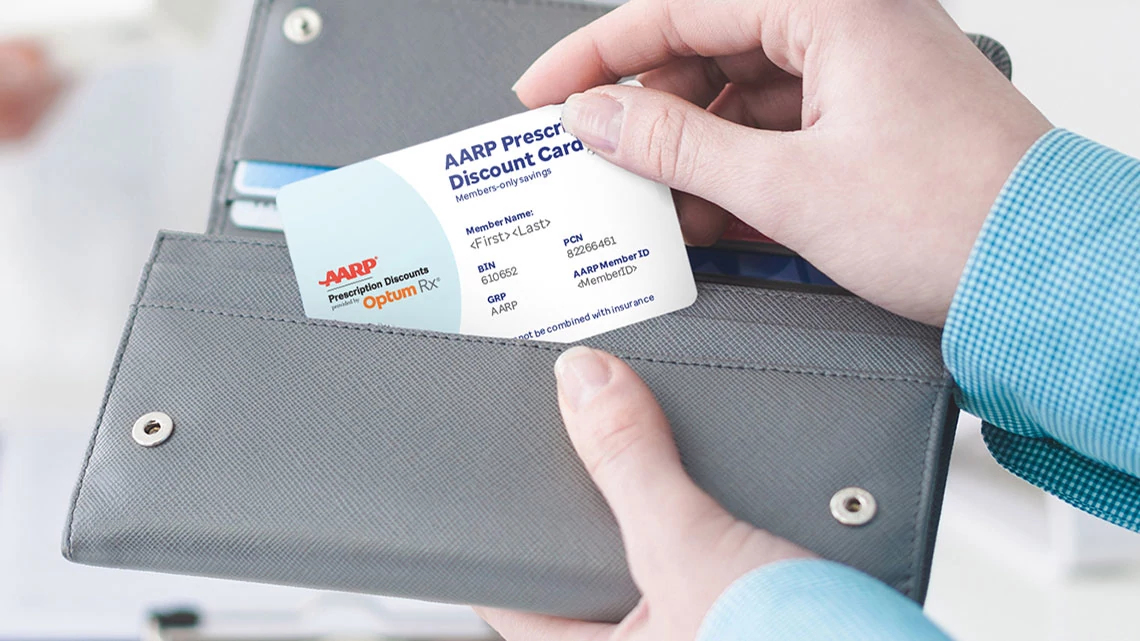


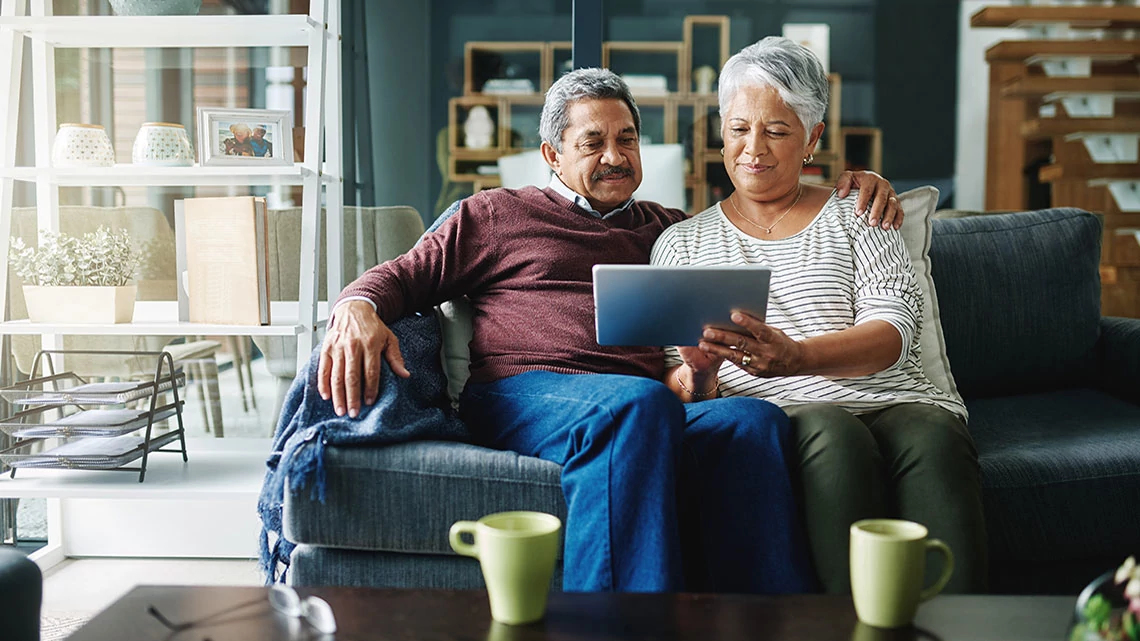
También te puede interesar